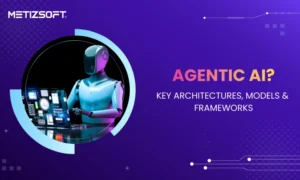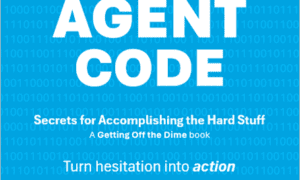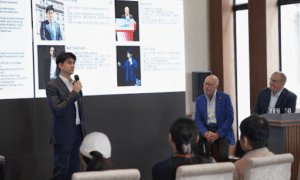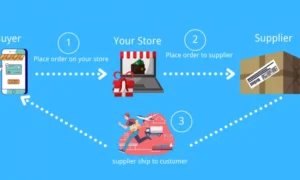As distributed workloads saturate messaging platforms and business-critical APIs, system pressure is no longer a failure mode, it’s telemetry. Engineers are moving away from reactive scaling and retrofitted observability, instead building infrastructure that interprets tension as signal. Pressure, in this context, becomes the mechanism by which systems self-govern.
Prakash Wagle, a systems architect with over 8 years of experience designing high-throughput enterprise messaging stacks, has quietly championed this shift. His architecture supports over 200 million active endpoints, spanning B2B communication, CRM syncs, and enterprise notifications. But Wagle’s real influence lies not in volume, but in his mindset: systems shouldn’t merely withstand stress; they should be designed to understand it.
Redesigning Throughput: Viewing Pressure as a Signal, Not a Symptom
Static rate limits and blunt throttling have long been default responses to load. Wagle challenges this with systems that interpret load surges as signals, not failures. His approach, incorporating distributed backpressure queues and process-aware throttling, is designed to sense saturation early and adjust dynamically, rather than merely reacting to breakdowns.
In complex global messaging platforms syncing business-critical workflows, pressure is inevitable. Instead of treating it as an anomaly, Wagle’s services treat it as telemetry, live data on CPU usage, memory strain, and traffic bursts, that reshapes routing in real time.
“We saw meaningful performance gains once services understood their own stress thresholds,” Wagle, a judge for the 2025 Globee Awards for Disruptors, says. “Pressure isn’t a threat to avoid. It’s an insight to respond to with context.”
Internal tests demonstrated a 28% reduction in failed request spikes in high-throughput clusters, clear evidence of this philosophy in action.
Telemetry That Speaks: From Observability to Operability
Wagle, a published author on DZone titled “How Kubernetes Cluster Sizing Affects Performance and Cost Efficiency in Cloud Deployments”, rejects the idea of post-facto dashboards. Instead, his systems self-report as they operate, with components from Erlang routers to Java services emitting load signals that directly inform operational decisions.
He calls this “executable observability.” It’s a shift from passive monitoring to active feedback loops that reroute traffic, degrade gracefully, and triage congestion with minimal human intervention.
“Observability must predict and diagnose. Our stack logs tension, the moments before failure, not just failure itself,” Wagle, an editorial board member at Technology Perception, explains.
This approach accelerates incident response and improves SRE agility. During a volatile rollout involving third-party APIs, it enabled proactive failure deflection, preventing outages before end users noticed.
Reliability by Intent: Engineering Resilience Without Fragility
Building high availability is common; engineering true reliability without fragility is rare. Wagle’s work stands out here. When a misconfigured client triggered recursive retries risking systemic collapse, his architecture rerouted workloads within milliseconds.
Legacy systems might have jammed under such pressure. His design, however, isolates congestion, triggers fallback protocols, and keeps the system flowing.
“If retries endanger the system, it’s already too late. The goal is to train services to sense pressure as instruction, not failure,” he emphasizes.
Wagle’s recent interests include exploring how Message Control Protocol (MCP) servers could be purposefully integrated with messaging APIs to govern traffic with greater control and intent. By investigating MCP-enabled middleware that might interpret backpressure signals, he is adding conceptual layers of contextual intelligence to API communications, aiming to ensure secure, load-aware operations without compromising throughput.
Through his role as an editorial board member at Technology Perception, Wagle continues shaping conversations around resilience engineering, challenging peers to embed system awareness, not just failover patterns.
The Future of Messaging Is Invisible, Until It Isn’t
The best infrastructure won’t feel fast. It’ll feel calm. No firefighting. No overprovisioning. Just services that hold their shape, architectures that react with intent, and platforms that protect themselves without shouting for help.
Wagle’s vision of pressure-aware engineering is both technical and tactical: build systems that adapt in motion, not just recover later. Design MCP servers and messaging APIs that evolve in tandem, routing intelligently, securing continuously, and understanding intent before acting on volume.
“The future of infrastructure isn’t just fast, it’s awareness,” he says. “And awareness isn’t an interface. It’s an architecture that listens first, acts next.”
































